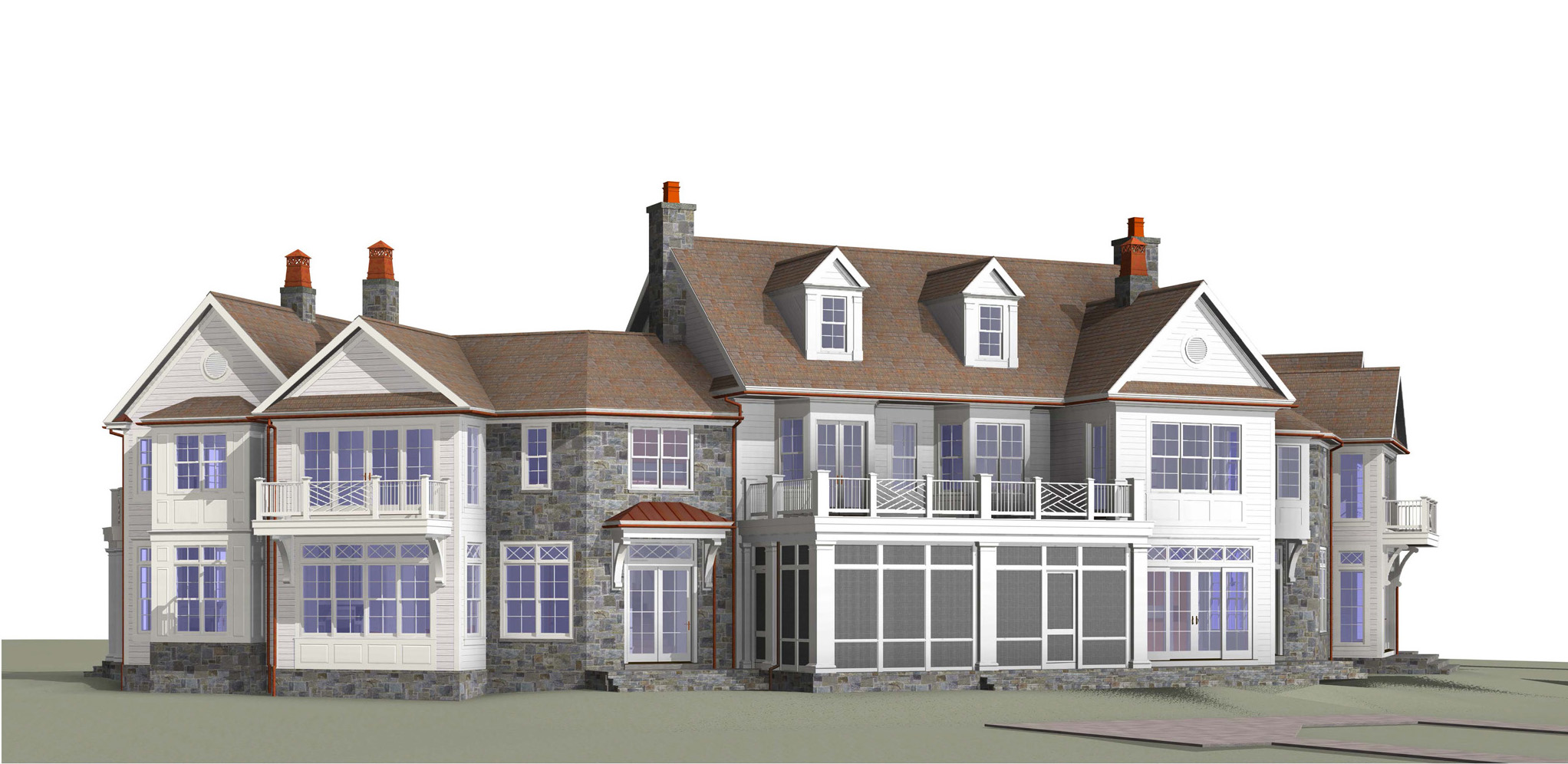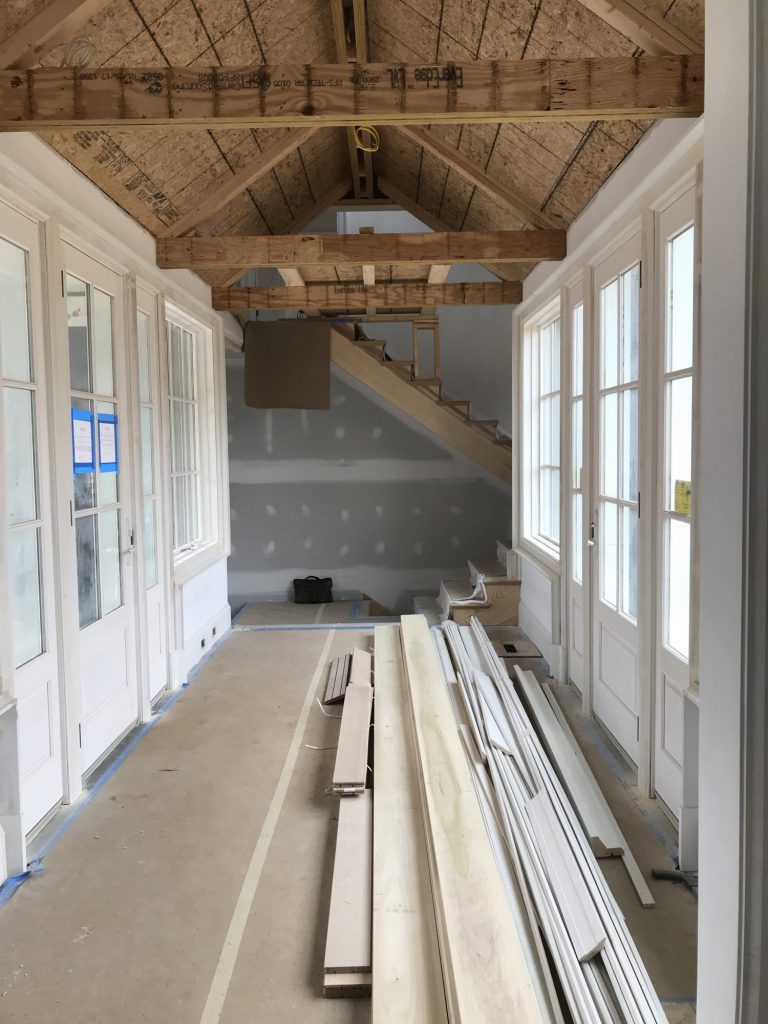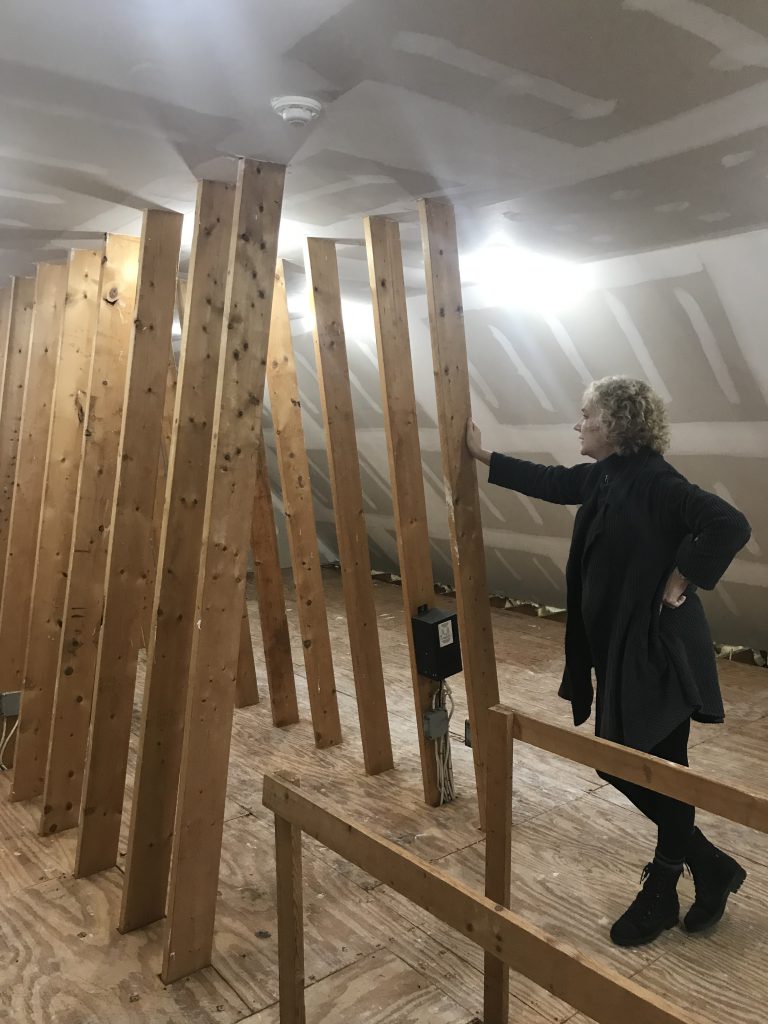The Design Process
The Journey from Concept to Completion
Architectural design is not a job when you are a passionate architect who loves your profession. Rather, it is a design process that starts with the conceptualization process and ends with a complete design drawing submission and 3D presentation model. This process usually starts when the client or owner brings their ideas to an architecture firm. The firm takes these client visuals and verbal wishes and designs a structure with all appropriate zoning and code standards to suit a particular site. From the initial client inquiry through to project completion, a good architect is dedicated to helping a project succeed while taking the time to listen carefully to their client’s needs, conduct necessary research and explore options.
This is when the exciting design journey begins! An architect can walk you through any part of the design and building process. From helping find the right property, guiding the building orientation, providing plan options through sketches, displaying design views through computer technology, assisting in contractor award, overseeing construction, and selecting final colors, fixtures and furnishings, an architect can bring the “fun part” of the design journey to the forefront. They allow you to imagine opportunity and help you to see potential conflict in old living patterns. They are true problem solvers while creating amazing works of art.
Initial Introduction/Consultation. This is where the client and a member of the design firm (typically the business development manager) discuss the client’s needs and budget. The client shares information regarding their project such as general vision, design intent, and desired architectural style and/or details. After this, the principal architect helps the clients understand their goals and identify next best steps.
Site Visit. The site visit allows the design team to learn more about the client’s project. It also allows the client the opportunity to “interview” the firm. From the start of each project, architects believe in cultivating a positive client-architect synergy. The site visit is the next step in building this important relationship.
After this phase, a Letter of Proposal and AIA contract is provided. The Letter of Proposal defines the firm’s understanding of the project and provides related potential architectural fees.
Kick-Off Meeting/Programming. Once the client has reviewed, signed and returned the Letter of Proposal and the AIA contract, a Kick-off Meeting to discuss project details is scheduled. During this working session, the programming of the home with related room sizes is developed and images that speak to the client’s preferences and inspiration are shared. The design team sketches room relationships and diagrams to create visuals that help illustrate the client’s intent. Houzz and Pinterest accounts are typically shared by the client so that the design team fully grasps the client’s tastes through inspiration imagery.
Schematic Design. This phase includes the freehand concept sketch of floor plans and exterior elevations. This is a collaborative process in which the design team is very sensitive to client input and approval. Having a well-developed client wish list in place, as well as having both the client and architect fully engaged in the process, helps to expedite this phase and minimize the cost related to initial concept sketches.
Design Development & Construction Documents. During this phase, the project information is loaded into the firm’s design software in order to develop the construction documents and the 3D Revit model for the project. The construction documents include plans, elevations, sections, framing, detail and specifications. Everything needed to build the home.
At the client’s request, a design team can assist with final color selections and finish schedules; kitchen cabinet design or assistance; tile selections and pattern design; assistance with selection of all countertop materials; assistance with selection of flooring; assistance with selection of all lighting and plumbing fixtures; selection of furniture, upholstery, accessories and window coverings; and selection and placement of artwork. The firm can also provide designs for interior custom built-ins.

Coordination of any Related Consultants. During this phase, the design team can assist with the coordination of any additional consultants that may be needed for the client’s project such as Civil and Structural Engineers, Landscape Architect, Interior Designer, Lighting and A/V Consultants.
Permit Filing. At the client’s request, once the construction documents are complete, the team can coordinate all building permit applications for the project.
Bidding Assistance. At the client’s request, the design team can assist with the bidding process including preparation of the bidding documents, distribution of documents to bidding contractors, and selection of the bidding contractor through the review of references, portfolios, and final bid submissions.
Construction Administration. At the client’s request, the design team is available to support the construction process in a variety of ways: interior design assistance such as the final selection of finishes and materials; developing millwork details such as replace mantels, bookcases/built-ins and ceiling treatment details; site visits with the client and/or the Contractor; review of applications for payment; review and negotiation of change orders; coordination of all field questions; preparation of Contractor’s final punch list; and issuance of Substantial Completion certificate.


The skills of an architect can be all-encompassing or very limited. When the journey is truly successful, architects are the creators of places and spaces that evoke joy, inspiration and contentment. We at Purple Cherry Architects are truly motivated to have incredibly successful outcomes – for our clients, for our designs, and for the contractors that make what we draw on paper become a reality.